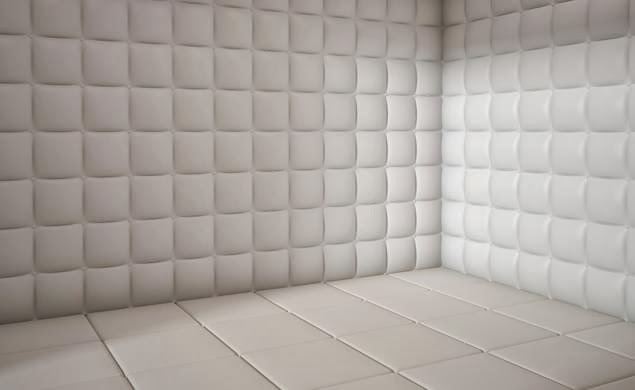 | ||
Similar Psychiatric hospital, Kozlovichi Mental Asylum, State hospital | ||
Padded cell
A padded cell - or Personal Safety Room - is a cell in a psychiatric hospital with cushions lining the walls. The padding is an attempt to prevent a patient from hurting themselves by hitting their head (or other bodily parts) on the hard surface of the walls. In most cases, an individual's placement in a padded cell is involuntary.
Contents
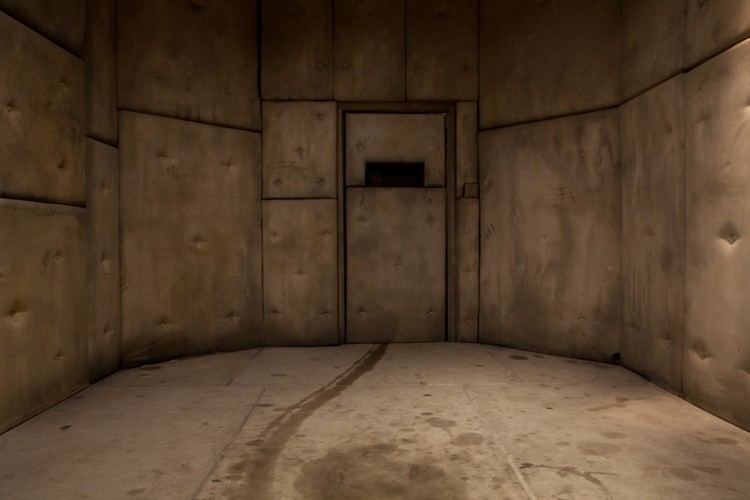
A padded cell is sometimes colloquially known as a "rubber room", seclusion room, time out room, calming room, personal safety room among others.
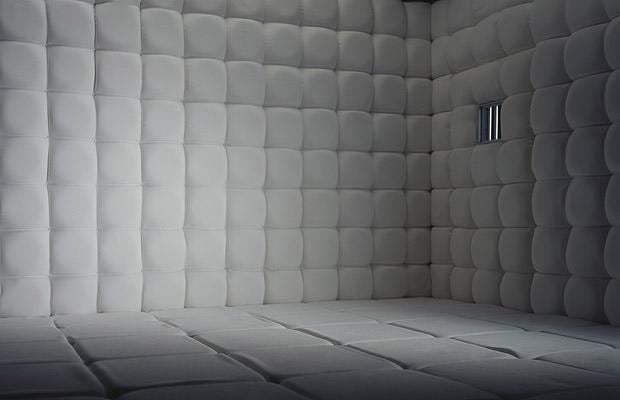
Seal padded cell audio
Description
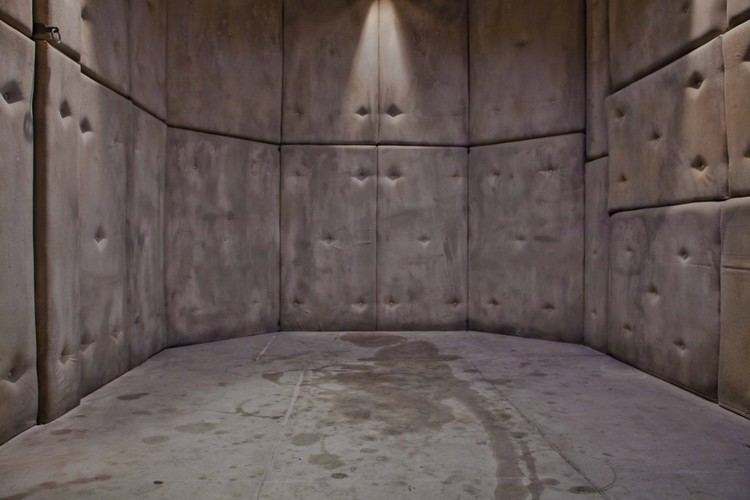
Most padded cells or "Personal Safety Rooms" are the same size as a single room, about 3 metres (10 ft) from front to back and about 2.4 m (8 ft) wide, and are designed for short-term, single occupancy. The walls and floor are covered with padding, which is typically 10 cm (4 in) in thickness. The walls are usually covered with cork-crumb-filled pouches made of strong canvas or leather, which is then covered with rubberized paint. The padded floor is covered in leather and the door to the cell is commonly made of very strong wood or wood reinforced with steel. The door, also padded on the inside, may have an observation port which allows supervising medical staff to have a full, uninterrupted view of the room and its occupant. The door has no knob or handle on the inside, and is typically secured by a strong lock which can only be opened from the outside by authorized personnel.
Use
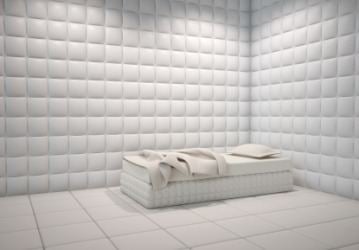
The length of time patients were kept in a padded cell would vary greatly. Sometimes patients could remain locked in one for several days. A patient might also be made to wear a straitjacket if they were considered a risk of self-harm.
Following the advent of psychotropic medications in the 1950s, the reliance on padded cells and straitjackets significantly decreased. Personal Safety Rooms continue to be employed globally, offering a secure setting that benefits not only the individuals within but also the staff, thereby reducing the risk of work-related injuries in such facilities.
A reconstructed padded cell is maintained at the Stephen Beaumont Museum, Fieldhead Hospital, Wakefield, UK.
